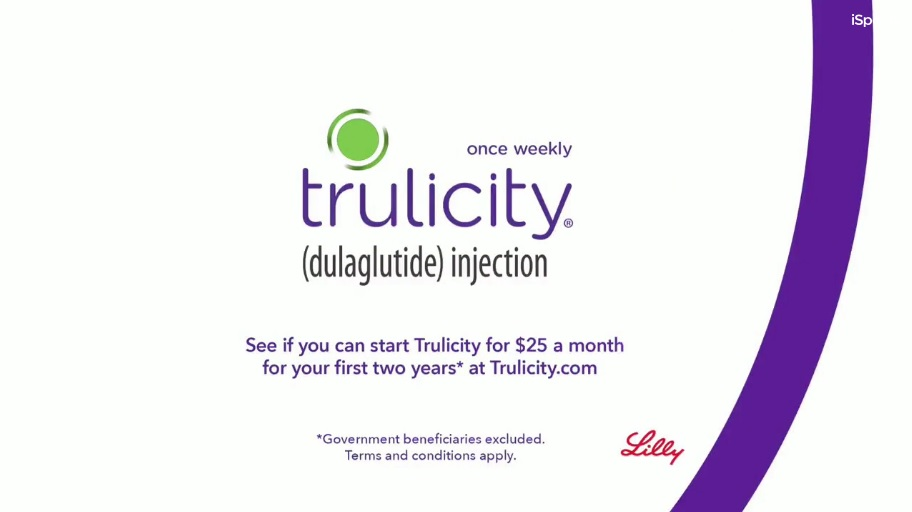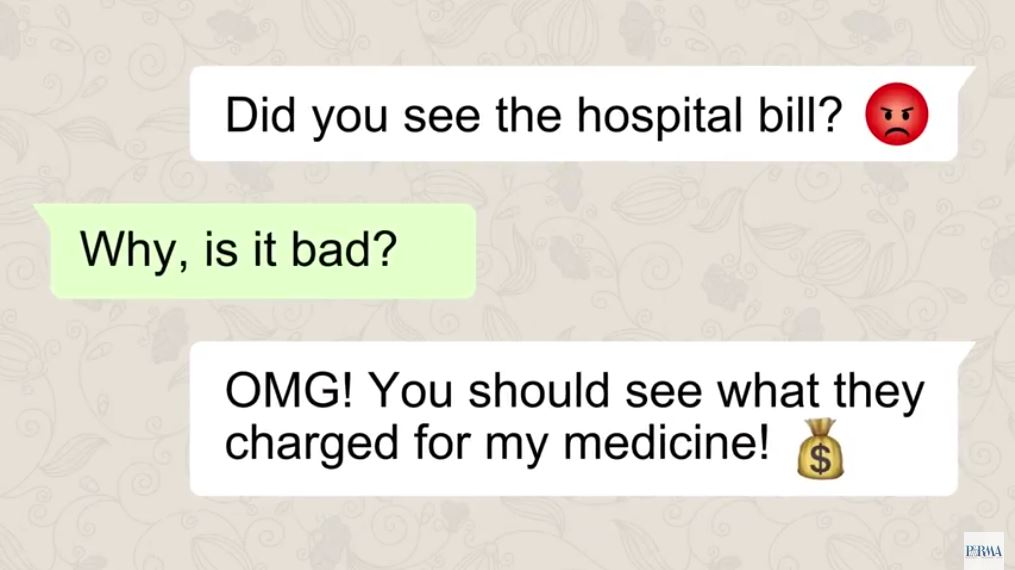The Trump Administration has made it clear that increasing healthcare pricing transparency is a priority for them. But not everyone is convinced that posting hospital pricing information online will be helpful, or even manageable.
The Centers for Medicare & Medicaid Services (CMS) announced final guidelines to the 2019 Inpatient and Long-Term Care Hospital Prospective Payment System in August 2018, a rule which requires hospitals to list current standard charges on the internet. The rule took effect on New Year’s Day, 2019.
Two weeks into the rule, CMS Administrator, Seema Verma, admitted that there is no way to enforce it. There appear to be no penalties in place for non-complying hospitals, and even the number of non-complying hospitals is elusive.
The purpose of the rule is to “enable patients to compare charges for similar services across providers and suppliers”, according to a fact sheet accompanying the proposed rule. Providing consumers with pricing information could empower them to make informed decisions about their healthcare. This could be especially useful for demystifying the costs of hospital stays and special services, which are often billed after-the-fact.
“Putting patients in the driver’s seat means we also need to integrate quality information with price transparency – once consumers can see the whole picture, they will be truly empowered to seek out high-value care among providers competing on both cost and quality,” wrote Verma in a blog post.
But posting a spreadsheet with all possible hospital costs may not have the effect the CMS is looking for. Opponents of hospital price transparency argue that the list price does not reflect what the consumer pays at the end of the day.
“Pricing does not reflect our financial assistance and charity care policy, and could vary by individual patient and by facility,” Ascension, a non-profit health system said in a statement to Healthcare Dive. “We encourage those who are seeking or scheduling care to contact us for the pricing that is right for you.”
Just because pricing information is accessible to patients, doesn’t mean they know what to do with it. The CMS reiterates that this new rule is meant to encourage dialogue between the patient and the physician to identify the best form of care.
Price shouldn’t be the only thing on a patient’s mind when choosing the right type of care. Other factors like hospital safety, quality of care and geographical location should also be considered, according to NBC news medical contributor, Dr. Natalie Azar.
The CMS opened up the conversation to the public, taking comments on and suggestions about the new rule. They are seeking comment on:
- How they should define “standard charges” at a hospital
- What types of information would be most beneficial to patients to aid with decision-making
- Whether or not providers and suppliers are required to disclose prices to patients before they receive a service
Actions to promote drug pricing transparency through direct-to-consumer advertising has already been met with resistance, for similar reasons. It is hard to tell if hospital pricing transparency will fare any better.
Tell us what you think in the poll and comments section below.












Join or login to leave a comment
JOIN LOGIN